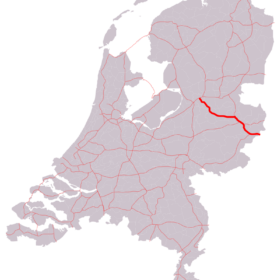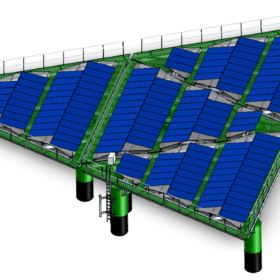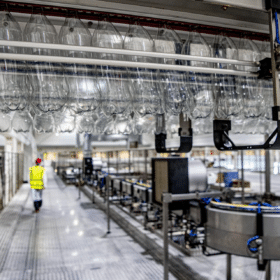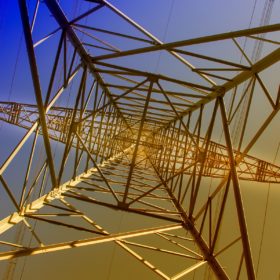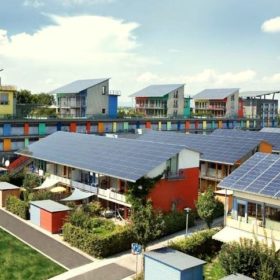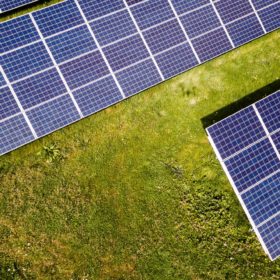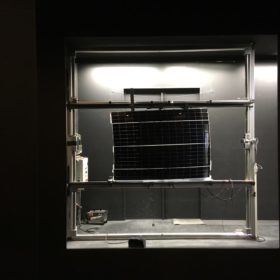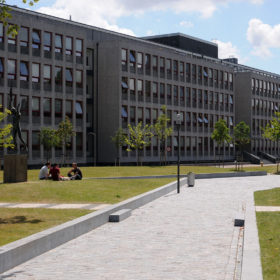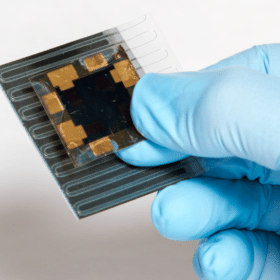Dutch water agency to install more PV along highways
The Dutch water management agency plans to install solar along a highway in Overijssel. The project is part of a plan to build projects on state land, as the Dutch PV sector continues to search for alternative surfaces on which to deploy PV.
Dutch startup develops offshore floating PV platform
Dutch startup SolarDuck has developed a triangular structure for floating PV that resembles an offshore oil platform. CEO Koen Burgers told pv magazine that it keeps panels more than 3 meters above the water surface, and claimed that the structure can handle waves and dynamic loads. It will be used in a Dutch pilot project from April.
Zero carbs diet for Coca-Cola in the Netherlands
Dutch power utility Eneco will supply solar and wind power from projects in front of the factory gates to allow the beverage factory to decarbonize its production.
Modular lift system for solar panels
Altrex, a scaffolding and ladder producer in the Netherlands, has developed a new modular lift solution for solar panels. The system can raise one solar panel at a time and can be operated by a single installer using nothing other than a cordless drill, the company claims.
Dutch grid operator mulls incentives to reduce or curtail solar
The Limburg section of the network could face congestion problems for a decade, according to transmission system operator Tennet, prompting talk of offering auction-determined incentives to clean-power generators to reduce their output.
In the mind of a residential PV system owner
Scientists in the Netherlands have identified five different profiles of homeowners that have installed or could install rooftop PV systems. According to their findings, substantial differences characterize the five segmentation groups. The research is intended to help policymakers and solar companies to better promote PV technology among potential new adopters.
Photon Energy update after ‘difficult’ quarter
The Amsterdam-based, Australia and central Europe-facing developer saw sales slump thanks to Covid-19 last year but has touted a growing operational project portfolio.
Vehicle-integrated PV reduces EV charging time in sunny regions by 40%
Dutch scientist Bonna Newmann spoke with pv magazine about the present and future of vehicle-integrated PV from a technological and economic perspective. Solar panels installed on cars could have a payback time of only three or four years and ensure 10,000 km of pure PV-generated road travel per year, she said. Furthermore, if you live in a sunny place, you can drive an electric car with solar panels for weeks during summertime, without the need for recharging, she pointed out.
The best materials for carrier multiplication in solar cells
Researchers in the Netherlands have sought to identify all those semiconductor materials that may make the application of carrier multiplication in photovoltaics much more than a mere suggestion. According to them, the bandgap of the materials should be between 0.6–1.0 electronvolt (eV), which would result in maximum theoretical efficiency of around 44%. 2D and bulk materials were indicated as the most promising with near-ideal carrier multiplication.
Solliance, MiaSolé hit 26.5% efficiency on tandem CIGS/perovskite solar cell
MiaSolé and Solliance have achieved record performance by optimizing the bandgap and the efficiency of both the rigid semi-transparent perovskite top cell and the flexible CIGS bottom cell.
